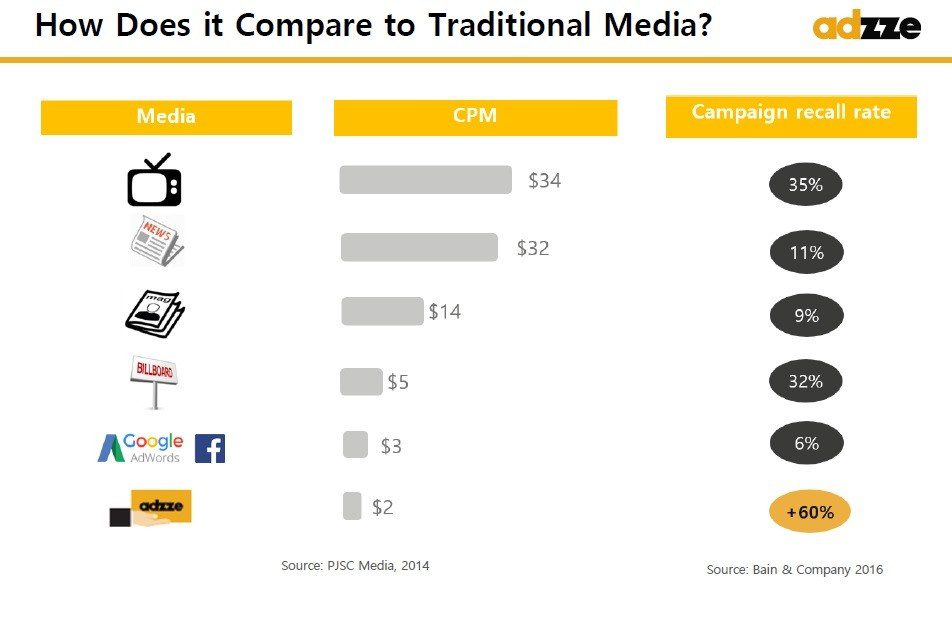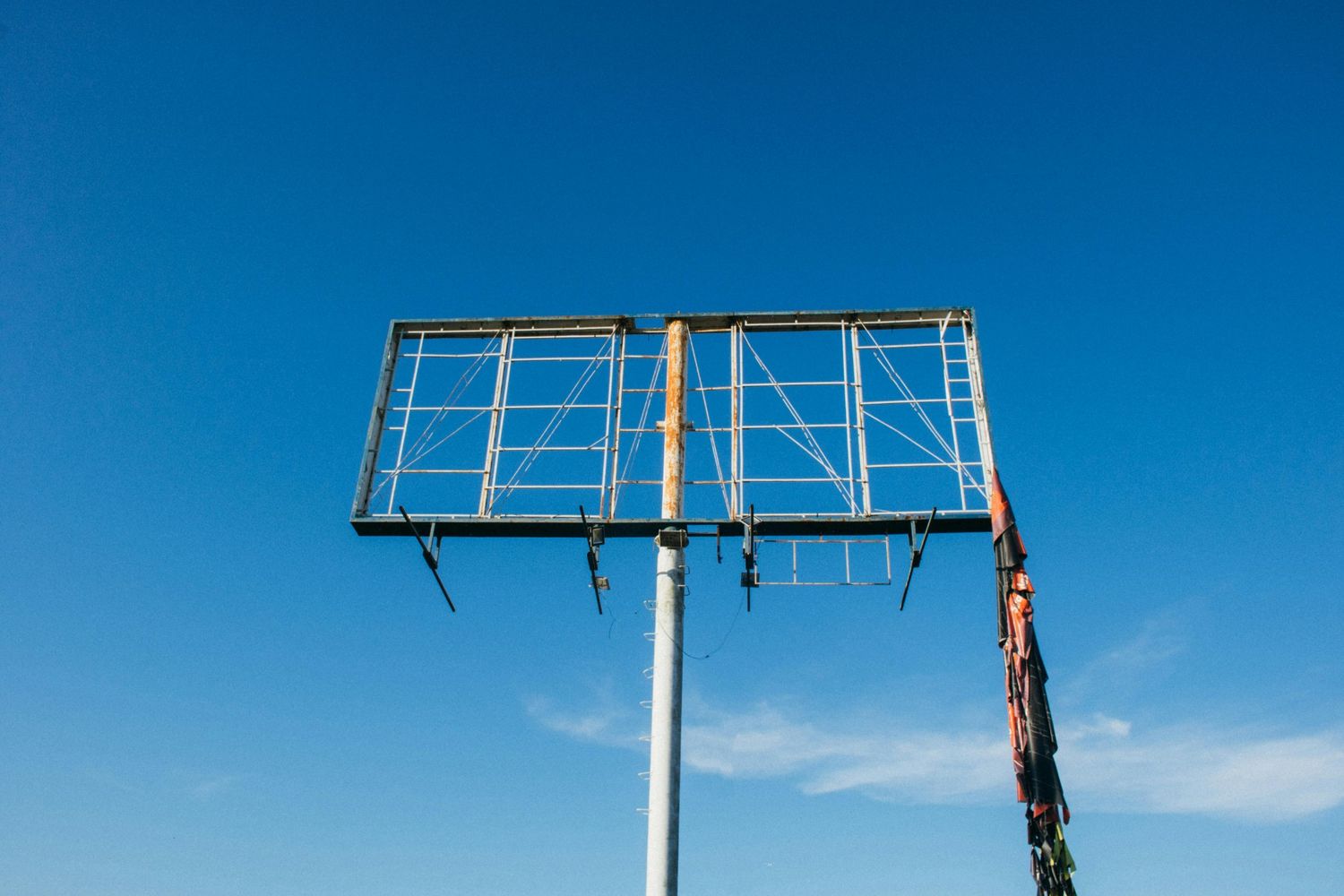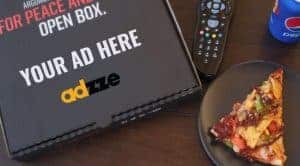Billboard advertising has long been a staple of out-of-home (OOH) marketing, offering high visibility and broad reach. With the rise of digital billboards, advertisers now have the advantage of rotating messages, dynamic content, and real-time updates. However, one major challenge remains: targeting the right audience effectively.
Despite their technological advancements, digital billboards still struggle with audience segmentation, leading many brands to question their effectiveness. Meanwhile, alternative strategies like in-hands advertising offer superior targeting precision, cost efficiency, and engagement. In this blog, we’ll examine the impact of digital billboards on audience segmentation and why in-hands advertising is the smarter choice.
Digital Billboards: A Step Forward, But Not Without Challenges
The Evolution of Billboard Advertising 
Traditional billboards rely on fixed placements, meaning every passerby—whether a potential customer or not—sees the same message. Digital billboards attempted to solve this issue by offering:
1. Dynamic content rotation: Multiple ads can run on the same board, allowing for diverse messaging.
2. Real-time updates: Advertisers can change campaigns instantly based on trends or time of day.
3. Integration with data sources: Some billboards adjust content based on weather, traffic, or even demographic data.
While these innovations are promising, they still don’t guarantee audience precision—which is where digital billboards fall short.
The Issue with Audience Segmentation in Digital Billboard Advertising
Despite their dynamic capabilities, digital billboards still face fundamental limitations in audience targeting, including:
1. Lack of direct engagement: Billboards are passive ads; there’s no way to track who actually notices or responds to them.
2. Limited demographic control: Even if billboards are placed in high-traffic areas, advertisers cannot control who sees them. A luxury car ad might be displayed to thousands of daily commuters, but how many can actually afford the product?
3. Inefficient cost-per-impression (CPI): Many brands assume digital billboards are cost-effective due to their mass exposure, but the cost of mobile billboard advertising is often lower when adjusted for actual engagement.
The Better Alternative: In-Hands Advertising for Precise Audience Targeting
Why In-Hands Advertising Outperforms Digital Billboards
In contrast to digital billboards, in-hands advertising places branded materials directly into the hands of a targeted audience. This strategy, used in places like coffee shops, restaurants, and event venues, ensures that ads are delivered to the right people, at the right time, and in the right environment.
Here’s why in-hands advertising is the smarter alternative:
1. Precision Targeting Based on Location and Demographics
Unlike billboards that rely on broad placement, in-hands advertising strategically distributes branded materials—such as pharmacy bags, hotel key cards, or coffee sleeves—directly to the ideal customer.
For example: 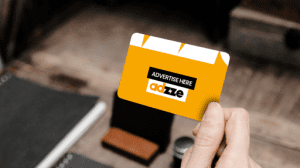
A luxury brand targeting high-income professionals can place its ad on coffee cups at premium business cafes.
A fitness brand promoting a new product can distribute branded napkins inside health-conscious juice bars.
A tourism agency can use hotel key card advertising to attract travelers during their stay.
These placements guarantee that the right audience—not just a general crowd—sees the brand message.
2. Higher Engagement and Recall Rates
With billboards, most people glance and forget. But in-hands advertising creates a tactile experience, increasing memory retention. Studies show that consumers are more likely to recall and respond to ads they physically interact with.
Consider this:
A restaurant placemat with a QR code linking to a special offer encourages immediate action.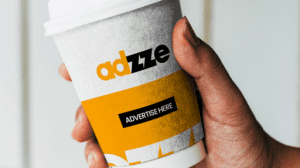
A branded coffee sleeve with a compelling message stays in a customer’s hand for at least 20 minutes, making a lasting impression.
A flyer inside a shopping bag remains with the consumer until they get home, reinforcing brand awareness.
This hands-on approach leads to better engagement than any passing digital billboard.
3. Cost-Effective Advertising With Measurable ROI
While the cost of mobile billboard advertising varies by market, in-hands advertising is often more affordable with better ROI.
Why?
Lower cost per actual engagement: With billboards, you pay for exposure, whether or not the audience is relevant. With in-hands advertising, you only pay for direct impressions with high potential conversion.
More controlled spend: Instead of renting a billboard space for thousands of dollars per week, advertisers can target a specific number of customers in key locations at a lower cost.
Easier tracking: In-hands advertising can include QR codes, promo codes, or direct call-to-actions, making it easier to track conversions and measure campaign success.
The Cost of Mobile Billboard Advertising vs. In-Hands Advertising
Breaking Down the Costs
While mobile billboards (such as truck-side digital ads) offer some mobility advantages over static billboards, their high operational costs make them a less effective choice compared to in-hands advertising.

As shown above, in-hands advertising is more cost-efficient while ensuring the message reaches the intended audience.
